Moving to a new address, traveling frequently, or managing a business can make mail management a challenge. But fear not, mail forwarding services are here to save the day.
In this comprehensive guide, you’ll learn about the various options for mail forwarding, including USPS and private services, and how to set them up to ensure your essential mail reaches you no matter where you are. We’ll also cover how to forward mail effectively, so you can always stay organized and connected.
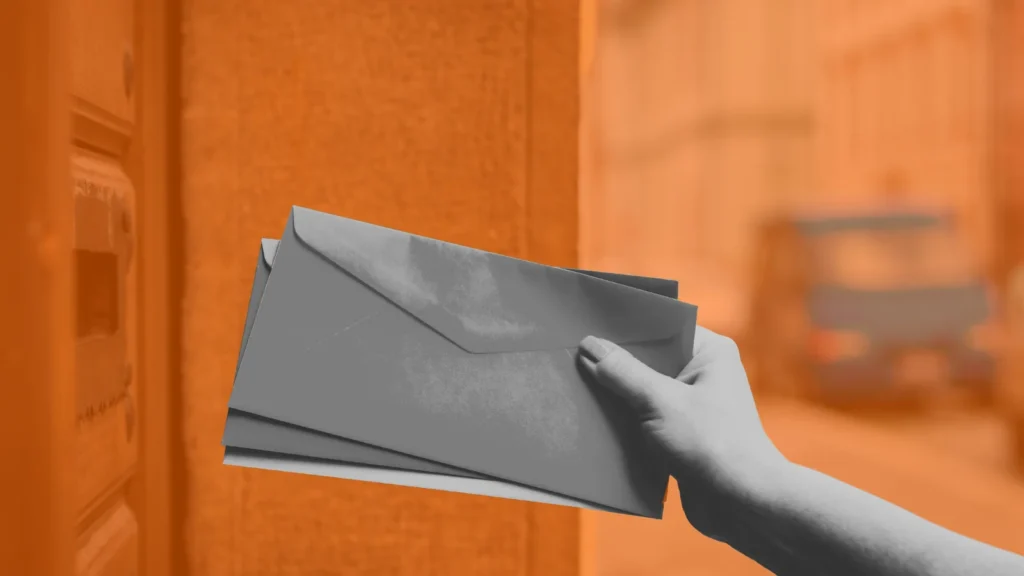
Understanding Mail Forwarding Services
Mail forwarding services are designed to redirect mail to a new address, ensuring you don’t miss out on important correspondence. There are two main types of mail forwarding services available: USPS mail forwarding and private mail forwarding services provided by third-party companies like DHL’s Global Forwarding or Anytime Mailbox’s virtual mailbox service.
The cost of mail forwarding depends on the type of service you choose, with options ranging from free, to premium services that come with added features.
You can initiate mail forwarding by visiting your local post office or completing the process online via the USPS website. Submitting a Change of Address (COA) form promptly ensures the postal service has ample time to adjust and forward your regular mail. Remember, you can’t redirect mail to a new address indefinitely through extended mail forwarding services, but there are ways to extend the plan if needed.

Who Needs Mail Forwarding?
Mail forwarding is beneficial for various scenarios:
- Frequent Travelers: Those who travel often and want to receive their mail while on the move.
- Digital Nomads: Individuals who work remotely from different locations and need a consistent way to access their mail.
- Relocating: People in the process of moving to a new address.
- Businesses: Companies that need a reliable way to manage their business mail.

USPS Mail Forwarding
Three types of mail forwarding services are offered by the United States Postal Service (USPS):
- Temporary mail forwarding allows you to receive mail at a different address for a short period, ranging from 15 days to 185 days.
- Permanent mail forwarding is suitable for those who have moved to a new address permanently.
- The Premium Forwarding Service Residential (PFS-Residential) is a paid service that accommodates mail forwarding for up to one year.
Understanding the options is essential for customers, since the cost of USPS mail forwarding varies significantly depending on the service chosen. First-Class Mail is forwarded without charge using a standard COA form. For online submissions, a one-time identity validation fee of $1.05 is required.
Additionally, USPS charges an initial setup fee of $21.90 and an ongoing weekly fee for PFS-Residential.
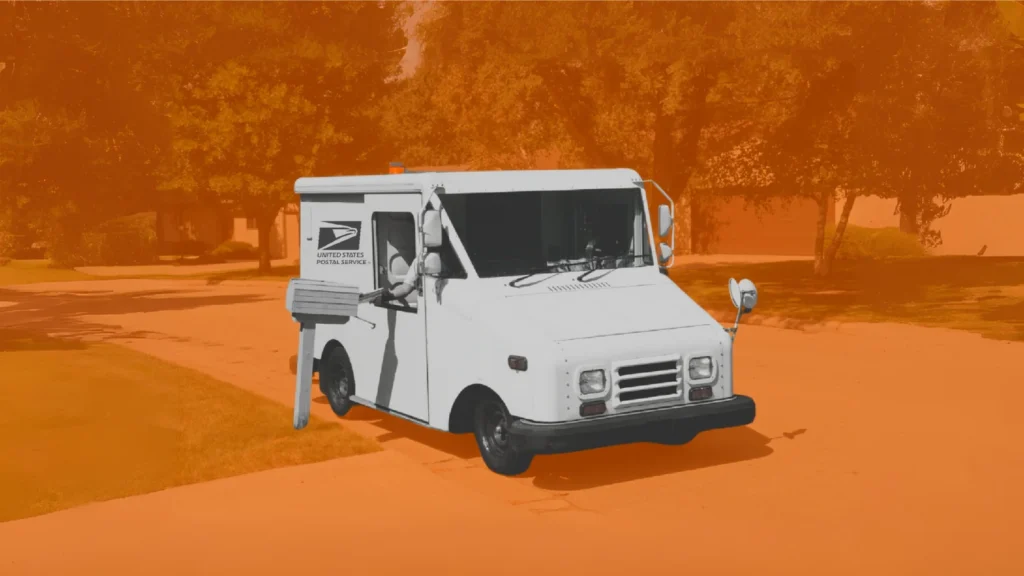
Pros and Cons of Mail Forwarding via USPS
Pros:
- Government-backed service with a long-standing reputation.
- Free for a limited period.
- Accepted by all senders and organizations.
Cons:
- Limited forwarding period.
- Manual processing can lead to delays.
- Limited management options for forwarded mail.
How to Set Up Mail Forwarding with USPS
The process of setting up mail forwarding with USPS, which can be executed in-person at your local post office or online through the USPS website, is mostly straightforward. To ensure a smooth transition, it’s recommended to submit a mail forwarding request with USPS two weeks prior to when you need the mail to begin forwarding.
When setting up mail forwarding with USPS, you’ll need to:
- Decide whether the forwarding is temporary or permanent.
- Provide the necessary information on the USPS mail forwarding form.
- Choose a start date for mail forwarding up to 30 days in the past or up to 90 days in the future.
And when you’re ready to go, USPS gives you the following two options to initiate forwarding:
- In-Person at the Post Office
- For in-person mail forwarding setup, you should go to your local post office and request PS Form 3575.
- This form allows you to indicate whether you require a temporary or permanent change of address and provide the necessary information to forward your mail correctly.
- There is no fee for setting up mail forwarding in-person at the post office.
- When setting up mail forwarding in-person, you’ll need to provide two forms of identification, such as your government-issued ID and a non-photo secondary form of identification (e.g., lease, voter registration card, or home insurance policy).
- For in-person mail forwarding setup, you should go to your local post office and request PS Form 3575.
- Online via USPS Website
- You could also opt to set up mail forwarding by submitting a Change of Address form online through the USPS website. The process is similar to setting up mail forwarding in-person, but you’ll need to pay a $1.10 identity validation fee when completing the form online.
- Once you’ve submitted your mail forwarding request online, USPS will send you a confirmation code to help manage your request. You can use this code to check the status of your mail forwarding, make updates, or cancel the service if needed.
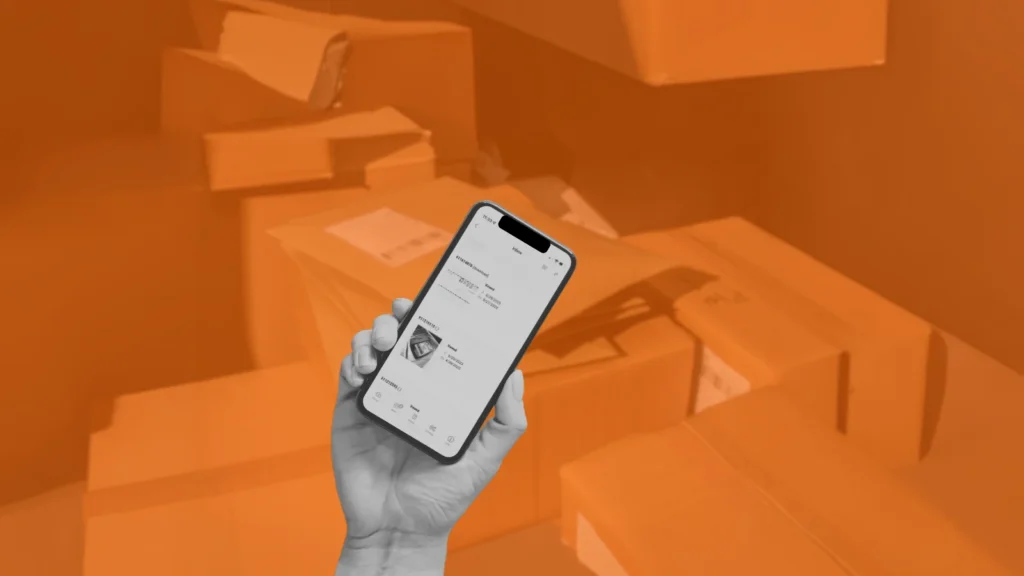
Private Mail Forwarding Services
Compared to USPS mail forwarding, private mail forwarding services such as virtual mailboxes provide more features and flexibility. These modern services often include your own personal digital mailbox and the ability to forward mail to multiple addresses on request.
Private mail forwarding services can be particularly advantageous for digital nomads, small businesses, or students that require more advanced mail management options than simply forwarding mail temporarily.
Some of the additional features provided by private mail forwarding services include online mail management, mail scanning, and selective forwarding. These services often come at a slightly higher cost, but the added convenience and control over your mail may be worth the investment, especially if you move or travel frequently.

Mail Forwarding for Different Situations
Moving to a new address, frequent travels, and managing business mail are among the various situations where mail forwarding services prove useful. In each of these scenarios, mail forwarding ensures that you continue receiving essential correspondence without interruption.
Whether you’re a digital nomad working remotely from different locations or a small business owner managing multiple addresses, mail forwarding services can help you stay connected and organized. Here are more details on how mail forwarding can be adapted to various situations.
- Forwarding Mail During a Move
- Forwarding your mail is necessary when moving to a new address to ensure important correspondence reaches your new location. By setting up mail forwarding during a move, you can ensure a smooth transition and prevent mail from piling up at your old address.
- The process of forwarding mail during a move involves submitting a Change of Address form with USPS, as mentioned earlier in this guide. With USPS mail forwarding, most mail, including First-Class Mail, Priority Mail, and first-class packages, will be forwarded for up to 12 months.
- Forwarding Mail for Frequent Travelers
- Mail forwarding services are a lifesaver for frequent travelers, guaranteeing mail delivery while traveling. By setting up mail forwarding with USPS or a private mail forwarding service, you can have your mail forwarded to any address you choose, whether it’s a temporary residence, a hotel, or even a friend’s house.
- The process for setting up mail forwarding for frequent travelers is similar to that of setting up mail forwarding during a move. However, you’ll likely want to opt for a temporary change of address to ensure that mail is forwarded only for the duration of your travels.
- Forwarding Business Mail
- Mail forwarding services are also beneficial to businesses, especially when handling mail at various locations or using a professional address.
- By setting up mail forwarding for your business, you can ensure that important documents and packages reach the correct destination, helping you stay organized and maintaining a professional image.
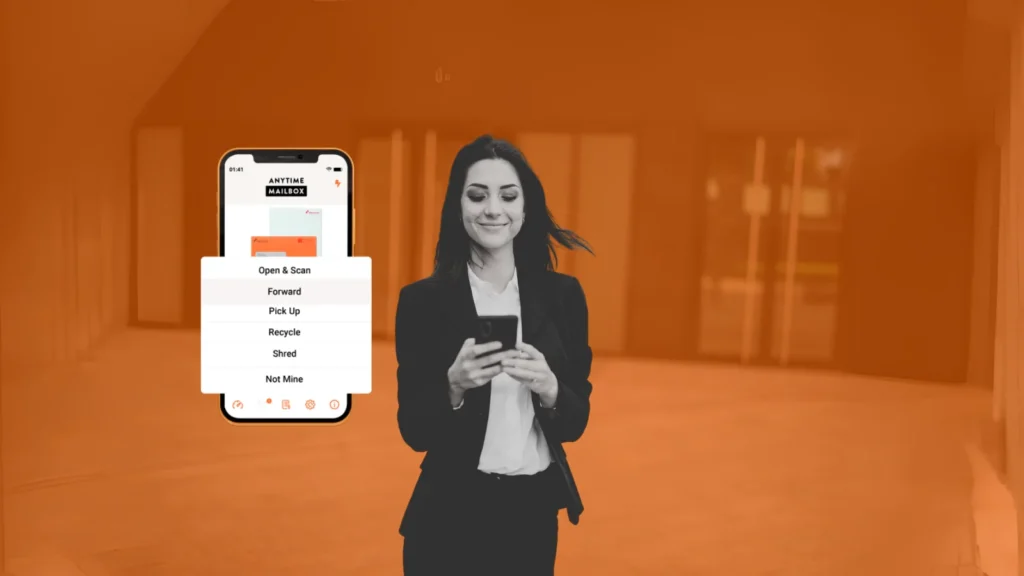
Virtual Mailboxes: The Modern Alternative to Traditional Mail Forwarding
Offering additional features and flexibility, virtual mailboxes present a perfect alternative to traditional mail forwarding and may better serve you. Instead of relying solely on USPS mail forwarding, you can opt for a virtual mailbox service that offers:
- Advanced mail management options.
- Online mail management.
- Mail scanning.
- Selective forwarding.
With a virtual mailbox, you’ll have a physical mailing address that can be used for receiving mail and packages, which are then managed securely and efficiently by the virtual mailbox provider. An in-depth examination follows on the setup process of a virtual mailbox and the benefits it can offer as an alternative to traditional mail forwarding.
- Setting Up a Virtual Mailbox
- To set up your virtual mailbox, simply follow these steps:
- Choose a provider, like Anytime Mailbox, and select an address from the provider’s list of available locations.
- Sign up for your virtual mailbox.
- Provide your new mailing address to your contacts, banks, credit card companies, and government agencies.
- Your virtual mailbox provider will receive and store your mail securely at their location, notifying you of incoming mail through a secure app on your mobile device. You can then use the app to:
- Request to forward your mail to any location you choose.
- Scan and/or archive your mail.
- Shred or recycle.
- Schedule to pick up your mail or packages.
- To set up your virtual mailbox, simply follow these steps:
- Benefits of Mail Forwarding with a Virtual Mailbox
- There are several benefits to using a virtual mailbox for mail forwarding, including:
- You’ll have 24/7/365 digital access to your mail through your mobile device.
- The ability to take immediate action on mail items and packages.
- Enhanced security from porch pirates and identity thieves.
- Access to a professional business address of your choice.
- With a virtual mailbox, you can access your mail from anywhere, anytime, without needing to visit a physical post office or mailbox.
- Virtual mailboxes offer greater control over your mail, allowing you to quickly forward, scan, or dispose of unwanted mail items. In contrast, traditional mail forwarding with USPS may not offer the same level of flexibility or control.
- For frequent travelers, digital nomads, or small business owners, a virtual mailbox is often the most ideal solution to stay connected and efficiently manage mail.
- There are several benefits to using a virtual mailbox for mail forwarding, including:

Pros and Cons of Mail Forwarding via Virtual Mailbox
Pros:
- Accessible from anywhere with an internet connection and on any device.
- Enhanced mail management capabilities.
- Can receive and forward mail globally.
- Modern, high-tech privacy and security features.
Cons:
- Monthly subscription fees.
- Not accepted for some government-related mail.
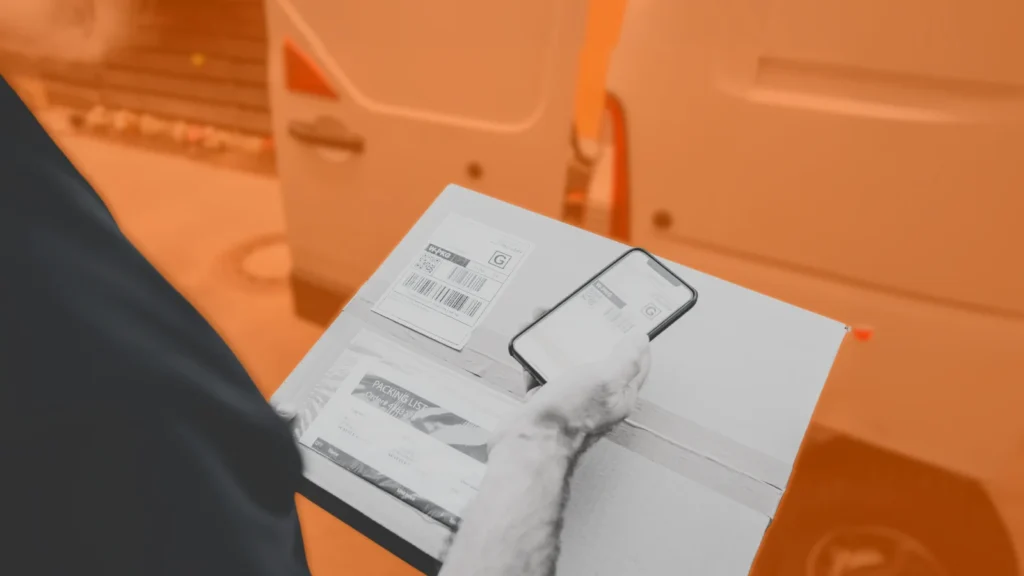
Managing Your Mail Forwarding
After setting up mail forwarding, maintaining updated information and managing your mail effectively is crucial. You can update or cancel mail forwarding requests with USPS or private mail forwarding services if your plans change, and you can also extend the duration of your mail forwarding if needed.
A more detailed exploration follows on how to effectively manage your regular mail forwarding, extended mail forwarding, and how to request mail forwarding.
- Updating or Canceling Mail Forwarding
- Updating or canceling your mail forwarding request can be done online through the USPS website or in-person at your local post office. When updating or canceling online, you’ll need to enter your zip code and USPS address change confirmation number to access your request. Remember to keep your confirmation code handy, as it’s necessary for managing your mail forwarding request.
- Extending Mail Forwarding Duration
- Should you need mail forwarding for an extended period, you can request an extension from USPS or private mail forwarding services for an additional cost.
- Staying at a temporary address for longer than expected can be tricky, but you can extend your mail forwarding period up to 12 months through submitting a second change-of-address order. This is to request that your important mail should be sent to you during your extended stay.

Common Mail Forwarding Concerns
While contemplating mail forwarding options, you may have questions about the kinds of mail that can be forwarded and how to deal with misdelivered or unwanted mail. USPS forwards most mail types, including First-Class Mail, periodicals, and some packages, although marketing mail and certain parcel types are not eligible for forwarding.
- Types of Mail That Can Be Forwarded
- USPS accepts First-Class Mail, periodicals, and some packages for forwarding free of charge. However, marketing mail and certain parcel types, like Media Mail and USPS Retail Ground mail, are not eligible for forwarding.
- For faster delivery options, consider using Priority Mail Express. This means you may need to update your address with specific senders or carriers to ensure that all your mail reaches you.
- Handling Misdelivered or Unwanted Mail
- In case of receiving misdelivered or unwanted mail, you can return the item to the sender by marking it “not at this address” and putting it back in the mailbox.
- Additionally, if you continue to receive misdelivered or unwanted mail, you can contact your local post office and provide them with the details of the issue. They can offer guidance on how to handle the situation and ensure that future mail is delivered accurately.
Summary
In conclusion, mail forwarding services, whether through USPS or private providers, offer a convenient and efficient solution for managing mail during moves, frequent travels, or for business purposes.
With options like virtual mailboxes providing added flexibility and control, you can stay connected and receive important mail, no matter where life takes you.
So, go ahead and explore the world of mail forwarding, knowing that your correspondence is in good hands.
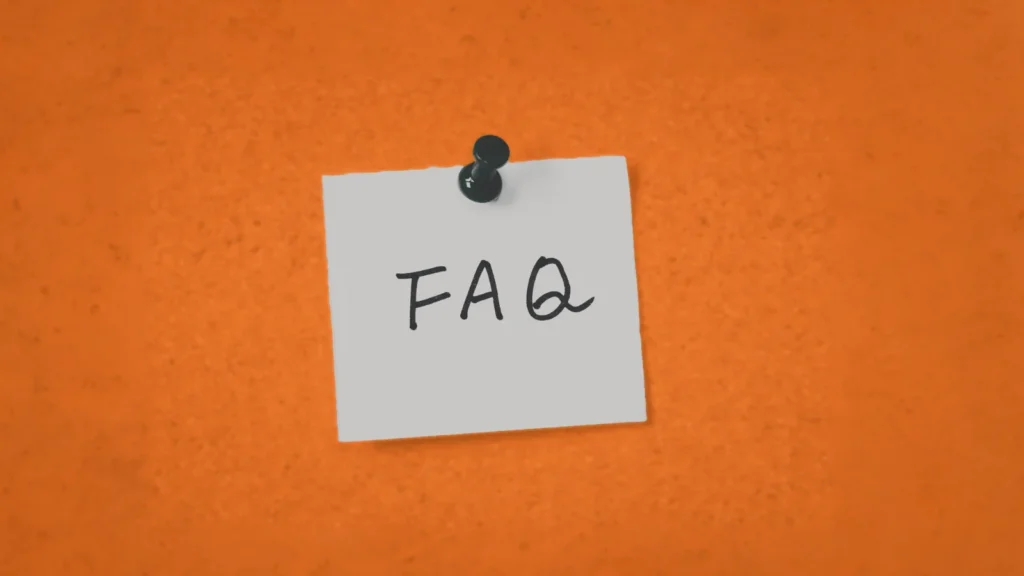
Frequently Asked Question (FAQs)
What is the easiest way to forward mail?
- The easiest way to forward mail is to go to USPS.com, select the “Quick Tools” tab and click on “Change My Address.” From there, you’ll enter the old address, new address and the date you wish to begin forwarding your mail. You can also explore virtual mailboxes to see if that private service may work better for you.
Can I forward my mail without going to the post office?
- You can file for mail forwarding online via the USPS website or by visiting the post office with two forms of ID. You have the option to file for a temporary or permanent change of address. To get started, go to the Official USPS Change of Address® website and choose the appropriate option for an “Individual,” “Family,” or “Business” move.
How does mail forwarding work with USPS?
- USPS mail forwarding allows you to redirect your mail to a new address for a specified period by submitting a Change of Address form in person at the post office or online.
Can I forward my mail to an international address?
- Yes, you can forward mail to an international address with USPS. You must submit a Change of Address request before relocating.
What are the benefits of using a virtual mailbox for mail forwarding?
- Virtual mailboxes provide 24/7 access, allow you to take action on mail immediately, offer enhanced security and present a professional business address, making them an ideal choice for mail forwarding.



